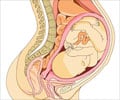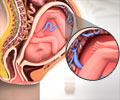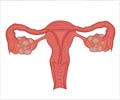A better understanding of the way the placenta works could help reduce the number of stillbirths, according to a leading medical journal. A paper published in the latest issue of The Lancet says the development of new methods of screening and a better understanding of the functioning of the placenta are crucial to curbing stillbirths.
Stillbirth is defined as the death of a baby in late pregnancy - that is, at or after 22 weeks or more of gestation. It is the most common cause of death of an otherwise healthy baby, affecting one in 200 pregnancies.While other parameters involving foetal health have improved dramatically over the past couple of decades, stillbirth rates have remained constant or have even slightly increased in recent years.
The paper by Gordon Smith of the Cambridge University and Ruth Fretts of the Harvard Medical School says one reason for this could be that the basic components of antenatal screening for the condition have remained largely unchanged over the past 40 years.
Evaluations of more high-tech methods, such as scanning in the last trimester of pregnancy, have failed to show improved outcomes.
The authors say more than 50 percent of stillbirths are likely to be related to abnormal functioning of the placenta.
They argue that an improved understanding of the science behind placental function may lead to new methods of screening that are capable of identifying those most likely to experience stillbirth.
Source-IANS
LIN/P











